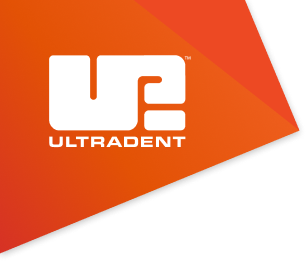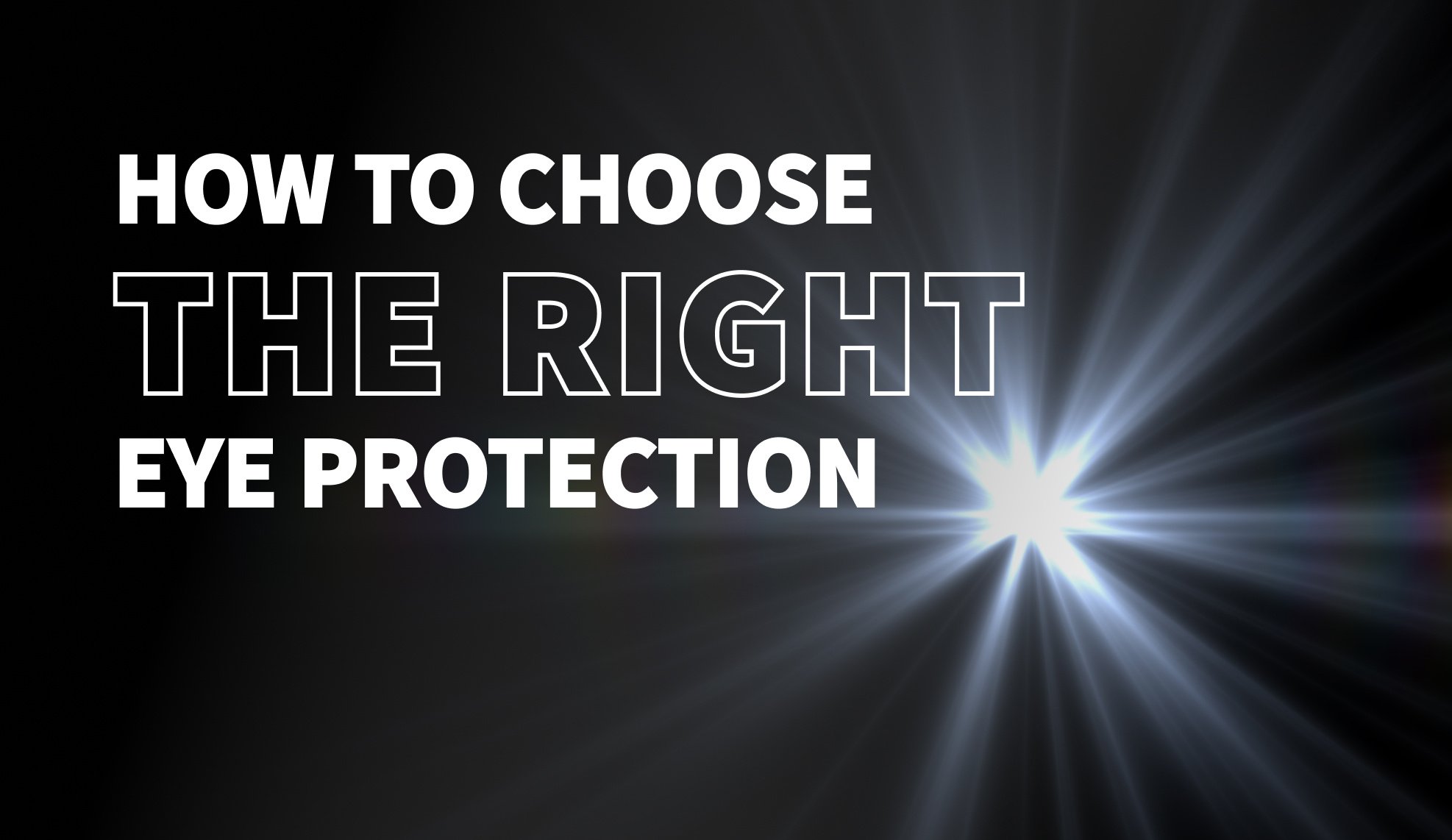Advancements in curing lights and the integration of laser technology in dentistry have revolutionized patient care, offering enhanced precision and efficiency in a variety of procedures. However, these advancements bring in a critical element that cannot be overlooked: the need for eye protection.
Appropriate protective eyewear not only safeguards against harmful light but also maintains optimal visual clarity for intricate work. Choosing the right eye protection for you requires an understanding of Visual Light Transmission (VLT), Optical Density (OD), and Wavelength.
Visual Light Transmission (VLT)
Visual Light Transmission, or VLT, refers to the percentage of visible light that passes through a protective lens or filter. This metric tells clinicians if sufficient light will reach the eyes for clear vision while still providing protection. For instance, a VLT of 47% means that 47% of visible light penetrates the shield.
High VLT values are typically desired in dental settings as they allow clinicians to maintain visual acuity and precision during procedures.
Optical Density (OD)
Optical Density (OD) is a measure of how much light, particularly laser light, is attenuated (weakened) as it passes through a filter. It is a logarithmic scale, where each increase in OD by 1 represents a tenfold reduction in the transmitted light intensity. For example, an OD of 4+ indicates that only 0.01% of the laser light is transmitted through the shield.
OD is critical in determining the shield’s effectiveness in protecting the eyes from laser radiation. Different dental lasers operate at various wavelengths, and the OD rating ensures that the shields provide adequate protection across these wavelengths.
Wavelength
Wavelength is the distance between successive peaks of a wave and is typically measured in nanometers (nm) in the context of light. Different dental lasers emit light at specific wavelengths, and each wavelength poses unique risks to the eyes. For example, the Gemini EVO™ diode laser operates in 810 and 980 nm, while Nd:YAG lasers often operate around 1,064 nm.
It’s important to match the shield’s wavelength protection to the laser in use.
Integrating VLT, OD, and Wavelength in Ease-In-Shields Loupe Inserts
Ease-In-Shields™ loupe inserts are designed to filter out harmful laser wavelengths, providing protection specific to the type of light needing filtered. Each insert is labeled with its effective wavelength range, ensuring that dentists can choose the appropriate shield based on their equipment. Ease-In-Shields protective loupe inserts come with specific OD ratings tailored to common dental laser wavelengths, such as OD4+ at 800-<900 nm for certain diode lasers and OD6+ at 1,010–1,030 nm for some Nd:YAG lasers.

Ease-In-Shields protective inserts rest comfortably and securely behind your loupes or eyewear—including loupes with headlights—and offer incredibly fast and hygienic placement and removal.
Certain models of Ease-In-Shields inserts have multiple OD ratings to protect against a variety of wavelengths. For example, the Universal Soft Tissue Laser inserts feature OD 4+ for 800-<900 nm, OD 6+ for 900-<980 nm, OD 7+ for 980-1064 nm, OD 6+ for >1064-1080 nm.
By selecting the appropriate insert, dental professionals can ensure maximum protection without compromising the clarity and precision required for intricate procedures.
FAQs
- Why is eye protection so important when using curing lights and lasers in dentistry?
Modern curing lights and dental lasers emit powerful light at specific wavelengths. Without proper protection, these lights can damage the eyes over time. Protective eyewear prevents harmful exposure while still allowing clinicians to see clearly and perform precise procedures.
- What is Visual Light Transmission (VLT) and why does it matter?
Visual Light Transmission (VLT) is the percentage of visible light that passes through a protective lens. A higher VLT value means more visible light reaches the eyes, making it easier for clinicians to see their work while still being shielded. In dentistry, high VLT values are preferred to maintain accuracy during intricate procedures.
- What does Optical Density (OD) measure?
Optical Density (OD) indicates how much laser light a lens blocks, measured on a logarithmic scale. Each increase of 1 in OD means the filter reduces transmitted light intensity tenfold. For example:
- OD 4+ = only 0.01% of laser light gets through.
Higher OD ratings provide greater protection, and the correct OD depends on the laser’s wavelength.
- Why is wavelength protection critical for eye safety?
Different lasers emit light at specific wavelengths, each posing unique risks. For example:
- The Gemini EVO™ diode laser operates at 810 and 980 nm.
- Nd:YAG lasers often operate around 1,064 nm.
Protective lenses must be matched to the wavelengths of the equipment being used. Without wavelength-specific coverage, eye protection may not be effective.
- How do Ease-In-Shields™ loupe inserts integrate VLT, OD, and wavelength protection?
Ease-In-Shields loupe inserts are designed to filter harmful wavelengths while maintaining clarity through balanced VLT. Each insert:
- Lists its effective wavelength range.
- Provides specific OD ratings tailored to common dental laser wavelengths.
For example: - OD4+ at 800–<900 nm for certain diode lasers.
- OD6+ at 1,010–1,030 nm for some Nd:YAG lasers.
- Can one insert protect against multiple wavelengths?
Yes. Some Ease-In-Shields models are multi-rated. For example, the Universal Soft Tissue Laser inserts provide:
- OD 4+ for 800–<900 nm
- OD 6+ for 900–<980 nm
- OD 7+ for 980–1064 nm
- OD 6+ for >1064–1080 nm
This ensures broader protection across multiple lasers commonly used in dentistry.
- How do Ease-In-Shields inserts fit into a clinician’s workflow?
They are designed for speed, hygiene, and comfort:
- Fit securely behind most loupes or eyewear, including loupes with headlights.
- Offer quick placement and removal.
- Provide clarity and precision without compromising safety.








